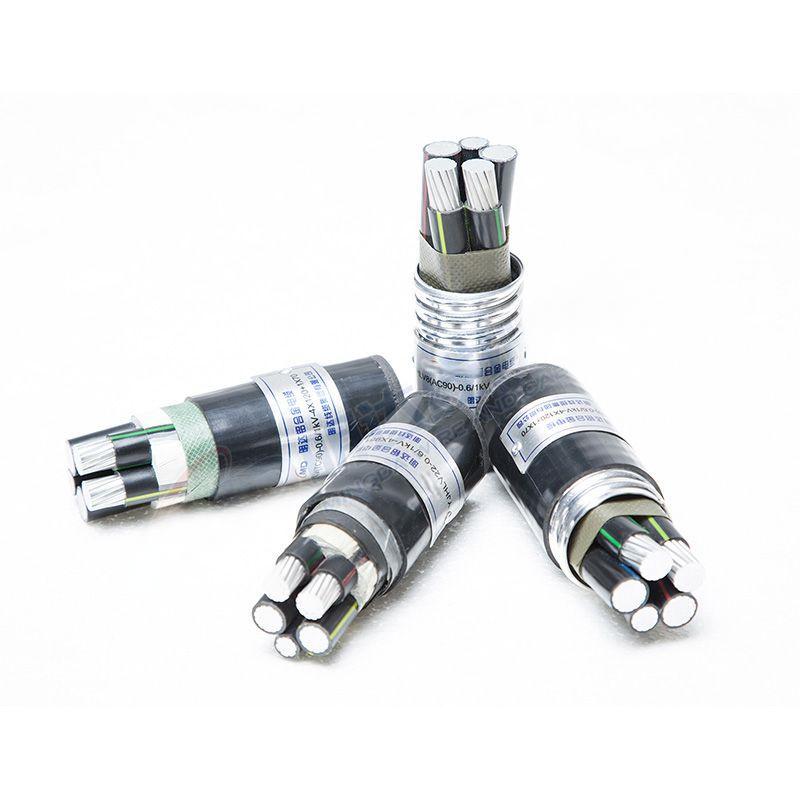Sep . 10, 2024 13:32 Back to list
rubber expansion joint
Understanding Rubber Expansion Joints A Comprehensive Overview
Rubber expansion joints are critical components in various industrial applications, designed to absorb movement and compensate for thermal expansion and contraction within piping systems. Their main purpose is to manage the stresses that arise from temperature variations, vibrations, and misalignments, ensuring the longevity of the connected systems and preventing damage.
What are Rubber Expansion Joints?
Rubber expansion joints are flexible connectors made from elastomeric materials, allowing them to absorb considerable movement and vibration. These joints are typically constructed from layers of rubber, fabric, and metal reinforcements, enabling them to withstand pressures and temperatures commonly found in industrial settings.
The primary function of these joints is to allow for axial, lateral, and angular movements between two connected pipes or equipment. By doing so, they can accommodate misalignment caused by installation errors or thermal expansion, which can lead to stress concentrations and potential failures in rigid piping systems.
Applications of Rubber Expansion Joints
Rubber expansion joints find applications across a wide array of industries. They are commonly used in
1. Water and Wastewater Systems In pipelines transporting water or wastewater, these joints help absorb the oscillations from pumps and protect the integrity of the pipeline infrastructure. 2. HVAC Systems In heating, ventilation, and air conditioning systems, rubber expansion joints mitigate vibrations and noise that can disrupt comfort and efficiency.
3. Chemical Processing The chemical industry often uses rubber expansion joints due to their corrosion-resistant properties, which provide safety and durability when transporting various chemicals.
rubber expansion joint

Benefits of Using Rubber Expansion Joints
One of the most notable benefits of rubber expansion joints is their ability to reduce noise and vibration transmission, leading to improved operational efficiency. Additionally, they are relatively lightweight and easy to install, making them a cost-effective solution for many applications.
Moreover, these joints can be designed to fit specific operational conditions, offering versatility in various environments. They also provide resistance to various chemicals and environmental factors, enhancing their durability and performance longevity.
Maintenance and Considerations
While rubber expansion joints are robust, it is essential to conduct regular inspections and maintenance to ensure their effectiveness. Over time, factors such as ozone exposure, temperature fluctuations, and chemical interactions can degrade the rubber material. Signs of wear may include cracking, discoloration, or visible deformation.
When replacing or installing new rubber expansion joints, it is crucial to consider the specific application requirements, including pressure ratings, temperature ranges, and the types of fluids being transported. Proper selection and installation will ensure that these critical components function effectively, providing reliable service in demanding environments.
Conclusion
In summary, rubber expansion joints are essential for maintaining the integrity and efficiency of piping systems across various industries. Their ability to accommodate movement, absorb vibrations, and resist environmental stresses makes them invaluable components in modern engineering. By understanding their function, applications, and maintenance needs, industry professionals can make informed decisions that enhance system reliability and operational efficiency.
Share
-
Reliable Wafer Type Butterfly Valves for Every IndustryNewsJul.25,2025
-
Reliable Flow Control Begins with the Right Ball Check ValveNewsJul.25,2025
-
Precision Flow Control Starts with Quality ValvesNewsJul.25,2025
-
Industrial Flow Control ReliabilityNewsJul.25,2025
-
Engineered for Efficiency Gate Valves That Power Industrial PerformanceNewsJul.25,2025
-
Empowering Infrastructure Through Quality ManufacturingNewsJul.25,2025